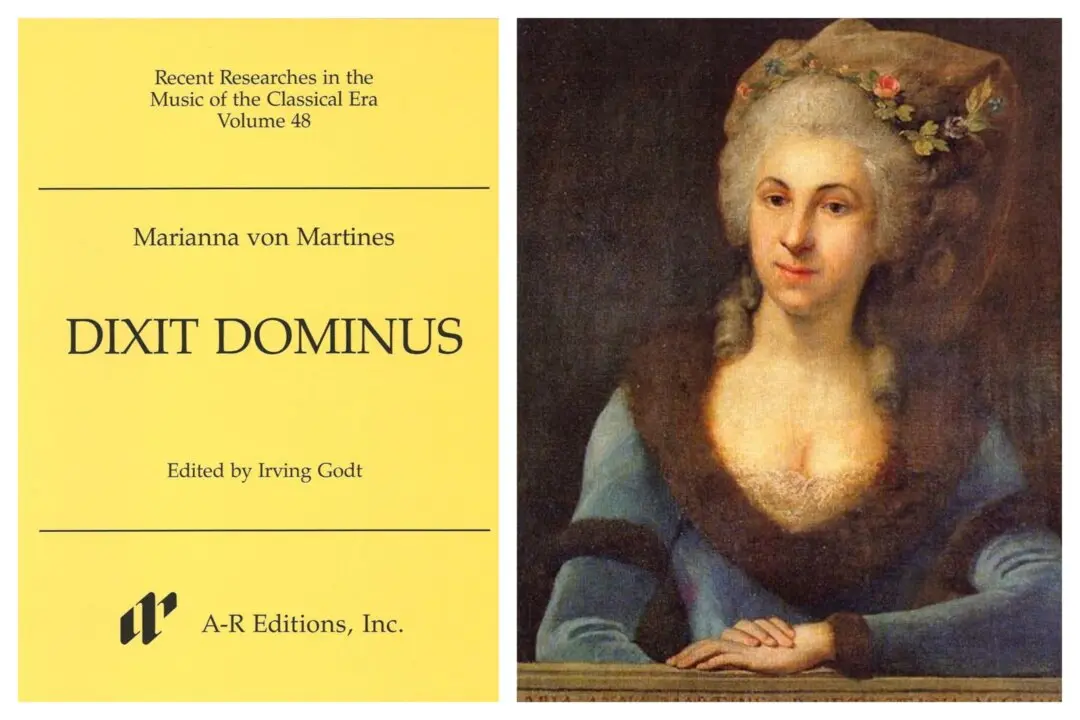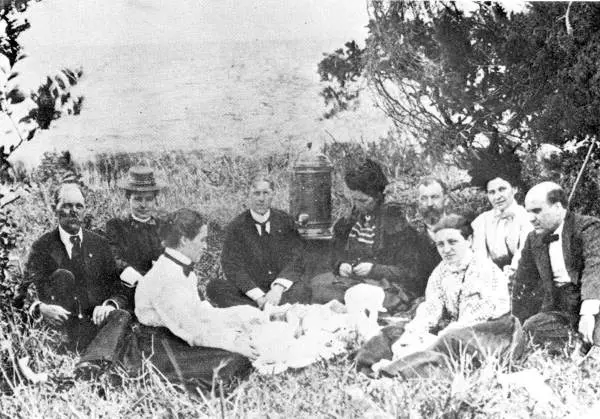My 3-year-old niece loves collecting trash. Whether it’s a piece of shiny plastic, a discarded box, or a pinecone she found outside, she becomes very upset when you take her treasures away. In the mind of a child, a worthless item becomes the most cherished object on earth.
This attitude makes gift-giving easy. For Christmas, I gave her “Green Eggs and Ham.” Since then, she has carried the book with her everywhere and insists that I read it to her multiple times a day. The invisible riches derived from this experience are in no way proportional to the $5 cost of the gift. In times like these, the sense of perpetual wonder a child exudes is infectious.





